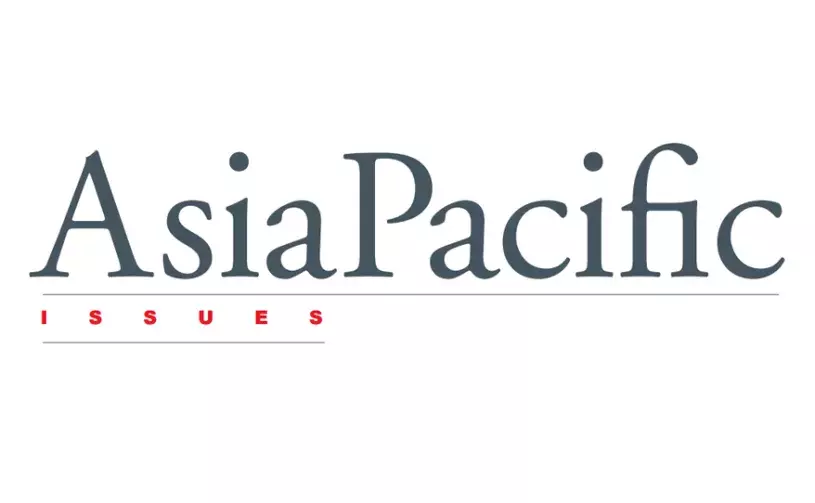Error message

Even though China's state firms lost their near-monopoly status after 1978, they still form the country's financial and industrial nucleus. Nevertheless, in early 1996 the total losses of these state-owned enterprises (SOEs) exceeded profits for the first time. With the economy threatened, officialdom issued a mandate in 1997: SOEs must become profitable in three years. In 2001, statistics showed a massive turn around, and victory was declared. Despite doubts about the official statistics, substantial improvement did seem evident. The question was, what caused it? While massive layoffs and corporate restructuring did increase efficiency, most improvements have been the result of external factors such as debt restructuring and government-arranged buy-outs and mergers. This strategy offers short-term rewards, but could be a disaster in the long term. Real reform of China's state sector requires financial reforms that bite (even more urgent with WTO entry), serious moves toward a social security system for displaced workers, and more outright privatization of state firms to give non-state shareholders real power on their boards.
Even though China's state firms lost their near-monopoly status after 1978, they still form the country's financial and industrial nucleus. Nevertheless, in early 1996 the total losses of these state-owned enterprises (SOEs) exceeded profits for the first time. With the economy threatened, officialdom issued a mandate in 1997: SOEs must become profitable in three years. In 2001, statistics showed a massive turn around, and victory was declared. Despite doubts about the official statistics, substantial improvement did seem evident. The question was, what caused it? While massive layoffs and corporate restructuring did increase efficiency, most improvements have been the result of external factors such as debt restructuring and government-arranged buy-outs and mergers. This strategy offers short-term rewards, but could be a disaster in the long term. Real reform of China's state sector requires financial reforms that bite (even more urgent with WTO entry), serious moves toward a social security system for displaced workers, and more outright privatization of state firms to give non-state shareholders real power on their boards.







